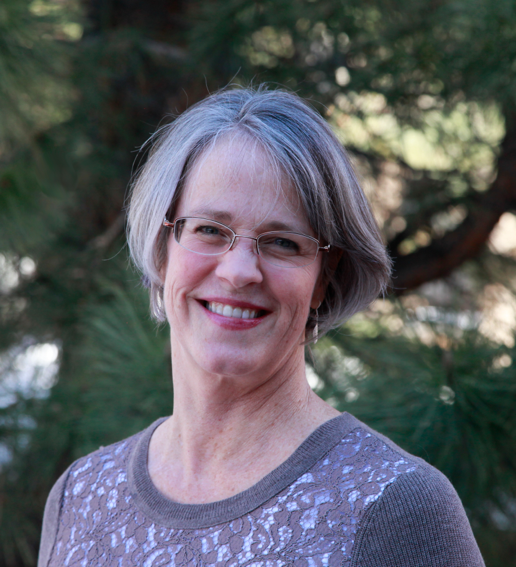Insights on facilitating community-scientist interactions from an experienced bridge-builder
Here at TEX, we’re in the business of building bridges. For us, that often means taking stock of what each side—the community and the scientists—has and what it needs, and finding a way to join the two in a way that meaningfully moves things forward.
But how exactly does that happen? How do you construct that bridge when the road looks very different on each side? When the would-be partners maybe aren’t sure they agree on what’s needed, or even on what’s possible? When they don’t speak the same language, figuratively or perhaps literally?
Making the conversation work takes time and trust. Sometimes the stars align and everyone is motivated and available enough to build a productive partnership organically. But we’ve found that in most cases, adding one critical ingredient to the mix can catalyze things in a way that we still find awe-inspiring, even after we’ve seen it happen so many times.
That ingredient is facilitation—a neutral party who can facilitate an interaction, make sure everyone is heard, and help the partners find their most productive path. It’s incredibly useful for kick-starting a relationship that is both effective and sustained.
 We are lucky enough to work with some really incredible facilitators. We caught up with one of them to share a few thoughts on why facilitation is important in community science, the skills for doing it effectively and how you might bring some those skills to bear in your next project.
We are lucky enough to work with some really incredible facilitators. We caught up with one of them to share a few thoughts on why facilitation is important in community science, the skills for doing it effectively and how you might bring some those skills to bear in your next project.
Susan Sullivan, PhD, is Director of Diversity and Inclusion at the Cooperative Institute for Research in Environmental Sciences, a partnership of NOAA and the University of Colorado, Boulder. With a background in atmospheric chemistry and geosciences education and outreach, she has long been engaged in helping geoscientists work with communities outside of academia, including facilitating TEX project launch workshops.
What’s the role of a facilitator in community science?
Sullivan: Because most community science projects include people who have different communication styles, goals, and sets of expertise, a facilitator smooths the way and helps the group to craft a project that meets everyone’s needs and uses everyone’s skills and resources.
Is a facilitator always necessary?
Sullivan: A facilitator is helpful if the facilitator understands how to work with different personalities and understands the possible ways that scientists can support community goals. If any of the parties have those experiences, perhaps through their own past community science work, I could see a project being successful without a stand-alone role for a facilitator. But, having a facilitator is also useful to be sure that no one voice dominates or overwhelms the goals of the others, and that is easier with a stand-alone role.
What are some techniques or approaches you use?
Sullivan: Making sure that everyone has spoken and shared their expertise, their hopes and dreams for the project and what they hope to get from it personally. Sometimes people need to be encouraged to talk and to recognize their own expertise, and sometimes people need to be encouraged to step back to let others talk. It’s important to recognize that everyone wants to make a contribution, that everyone wants to belong, and that everyone has skills, resources and knowledge that are necessary to make the project a success.
I often try to talk with the participants before they’re actually interacting with the other groups. You want to establish enough of a connection beforehand so that people can be open about what they’re worried about.
Are there aspects of this work that have surprised you?
Sullivan: Scientists often need to be reminded that even though they may not conduct their research in the exact area under discussion, they understand how science works and know so much about their discipline broadly that it’s helpful to community goals. Many have never worked outside of academia and they’re surprised to find out how much of their expertise can be transferrable to different environments.
Everyone is anxious about doing new things and working with new groups. Community members are often unsure of what they will experience when working with scientists. And scientists, even world experts in their field, are often anxious about working with communities. Everyone benefits from facilitation that helps build trust and personal connections. Ultimately the experience should be both fun and useful to keep people coming back for more.
How can someone become an effective facilitator?
Sullivan: I would start by participating in community science projects to see how others facilitate, and would volunteer to help facilitate, then start inviting more cross-community collaboration into my own work. There are lots of books and online resources for facilitators, lots of people interested in community-based science and always something else to learn. Sign up for a TEX project launch workshop and reach out to people who are already working with communities to see how you can help.
If you’re interested, just take the first couple of steps and go from there. The world needs more of this kind of work.
